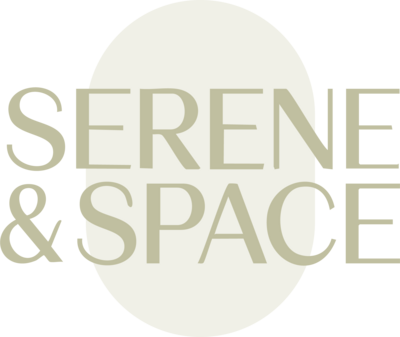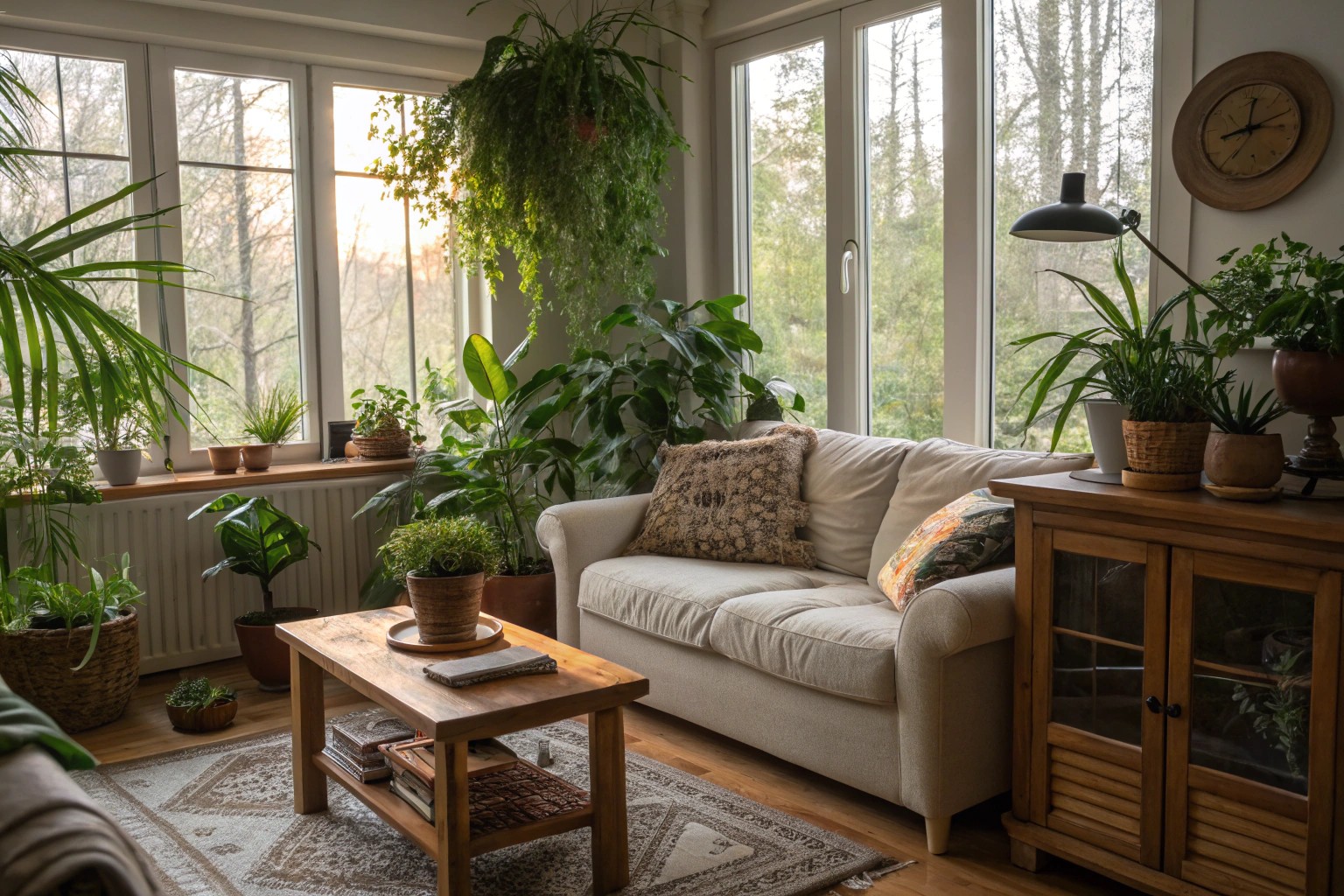When space becomes precious, the art lies not in cramming everything in, but in creating an environment that breathes with possibility. The most successful small spaces I’ve encountered share a common thread: they embrace their limitations while maximizing every opportunity for beauty, function, and connection to nature.
Understanding Scale and Proportion: The Foundation of Successful Small Space Design
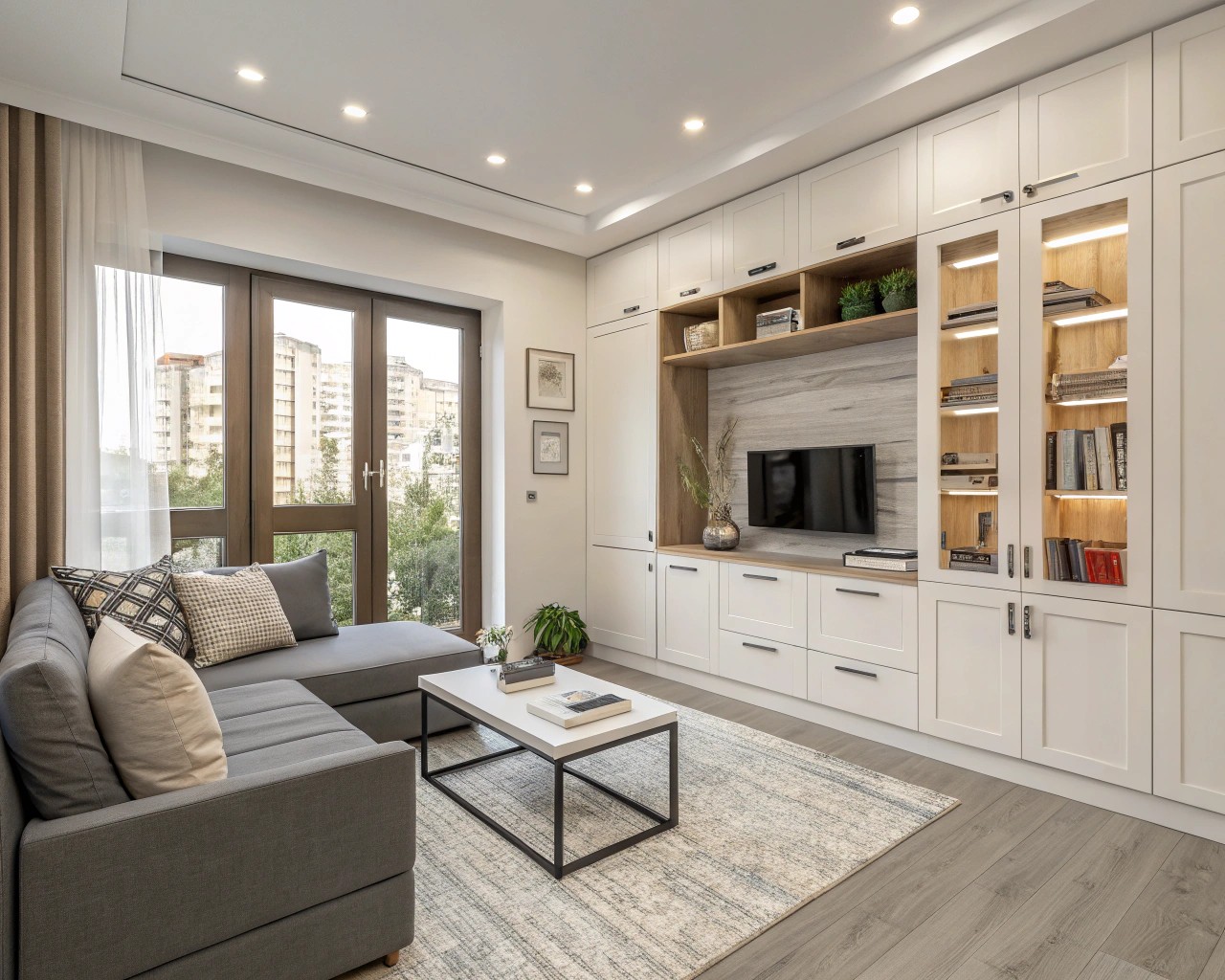
The relationship between objects and their surrounding space forms the cornerstone of effective small space design. Scale refers to how large or small an object appears within a space, while proportion concerns the relationships between different elements within that same environment. When these principles work harmoniously, even the most compact areas can feel balanced and intentional.
The Golden Rules of Scale
In smaller environments, every piece must earn its place through careful consideration of size relationships. Large furniture pieces in a small room will make the space feel cluttered, while undersized furniture in any room creates an unbalanced, sparse feeling. The key lies in finding pieces that match your space’s scale while serving multiple purposes.
For rooms with higher ceilings, you can incorporate taller elements that draw the eye upward, creating the illusion of spaciousness. Conversely, low-ceilinged spaces benefit from furniture that stays close to the ground, maintaining visual flow and preventing the room from feeling compressed.
Practical Proportion Guidelines
When selecting furniture for compact spaces, consider these time-tested ratios:
- Coffee tables should measure approximately two-thirds the length of your sofa to maintain visual balance
- In open-plan layouts, aim for a 50-50 ratio of furniture/planting to paving or decking to create harmony without overcrowding
- Rugs should accommodate all furniture legs or at least the front legs of major pieces to unify the space
Creating Visual Expansiveness Through Color and Light
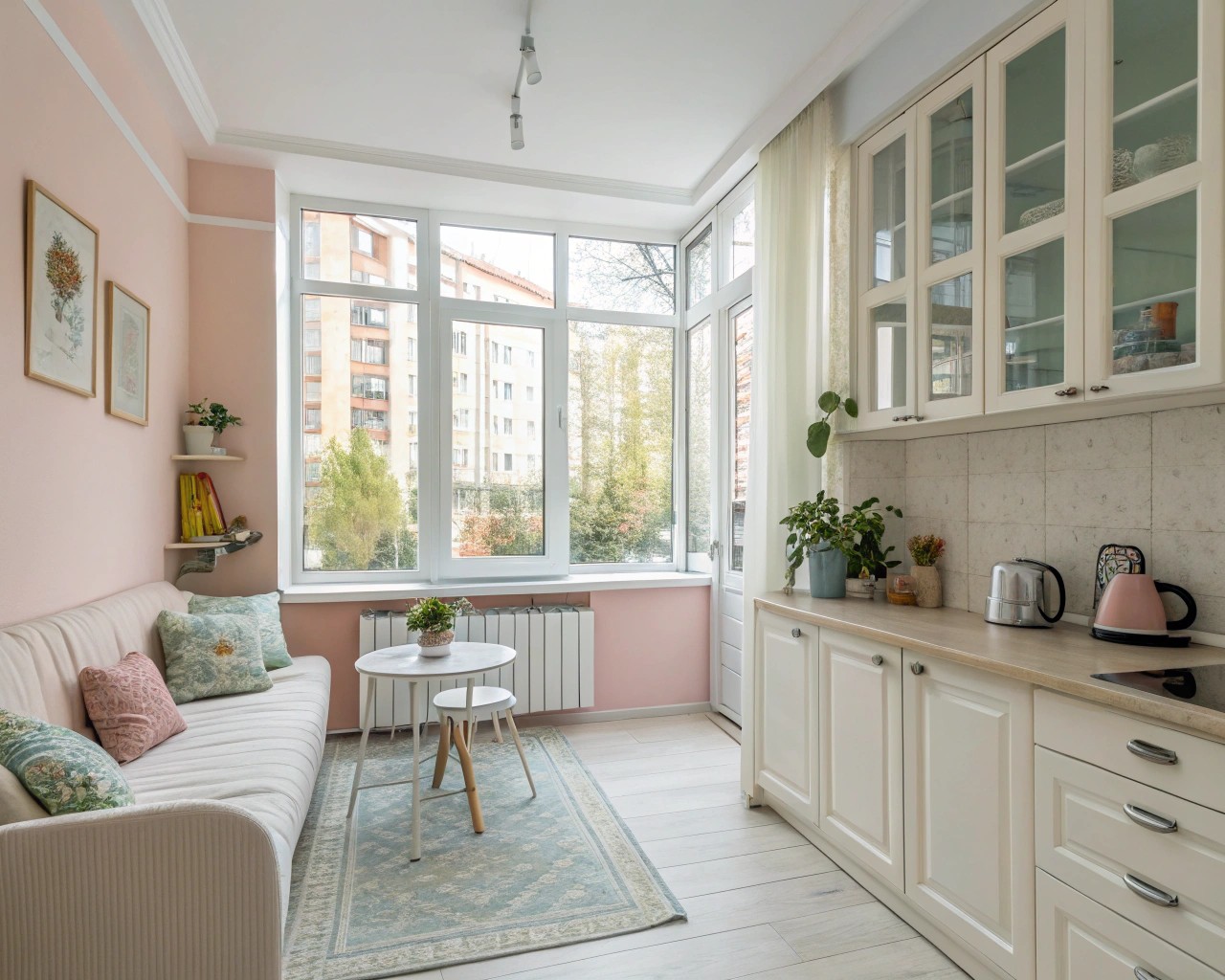
Color psychology plays a crucial role in how we perceive space. I’ve seen transformations that seem almost magical when homeowners understand how different hues can manipulate our perception of room dimensions.
The Science of Space-Enhancing Colors
Light neutral shades of gray, taupe, beige, or greige can stand in for white while adding warmth to compact areas. These colors reflect natural light effectively, creating an airy atmosphere that tricks the eye into perceiving larger dimensions. However, the conventional wisdom of “always use white” doesn’t tell the complete story.
Interestingly, darker colors can also create the illusion of expanded space by making walls appear to recede. When you paint walls and ceilings in deep charcoal gray, midnight blue, or forest green, the boundaries become less defined, creating an enveloping effect that can make rooms feel more expansive.
Strategic Light Management
Natural light maximization should be your first priority when designing smaller spaces. Keep windows unobstructed and use light, airy curtains to maximize sunlight diffusion. For spaces lacking abundant natural light, layer multiple light sources throughout the room, combining ceiling fixtures with sconces and table lamps.
Mirrors become powerful allies in compact spaces, reflecting light and creating the illusion of additional square footage. Consider these strategic mirror placements:
- One large mirror on a focal wall to dramatically open the space
- A gallery wall of different-sized mirrors for visual interest
- Mirrors positioned to reflect natural light sources for maximum brightness enhancement
Multi-functional Design Solutions: Making Every Element Work Harder
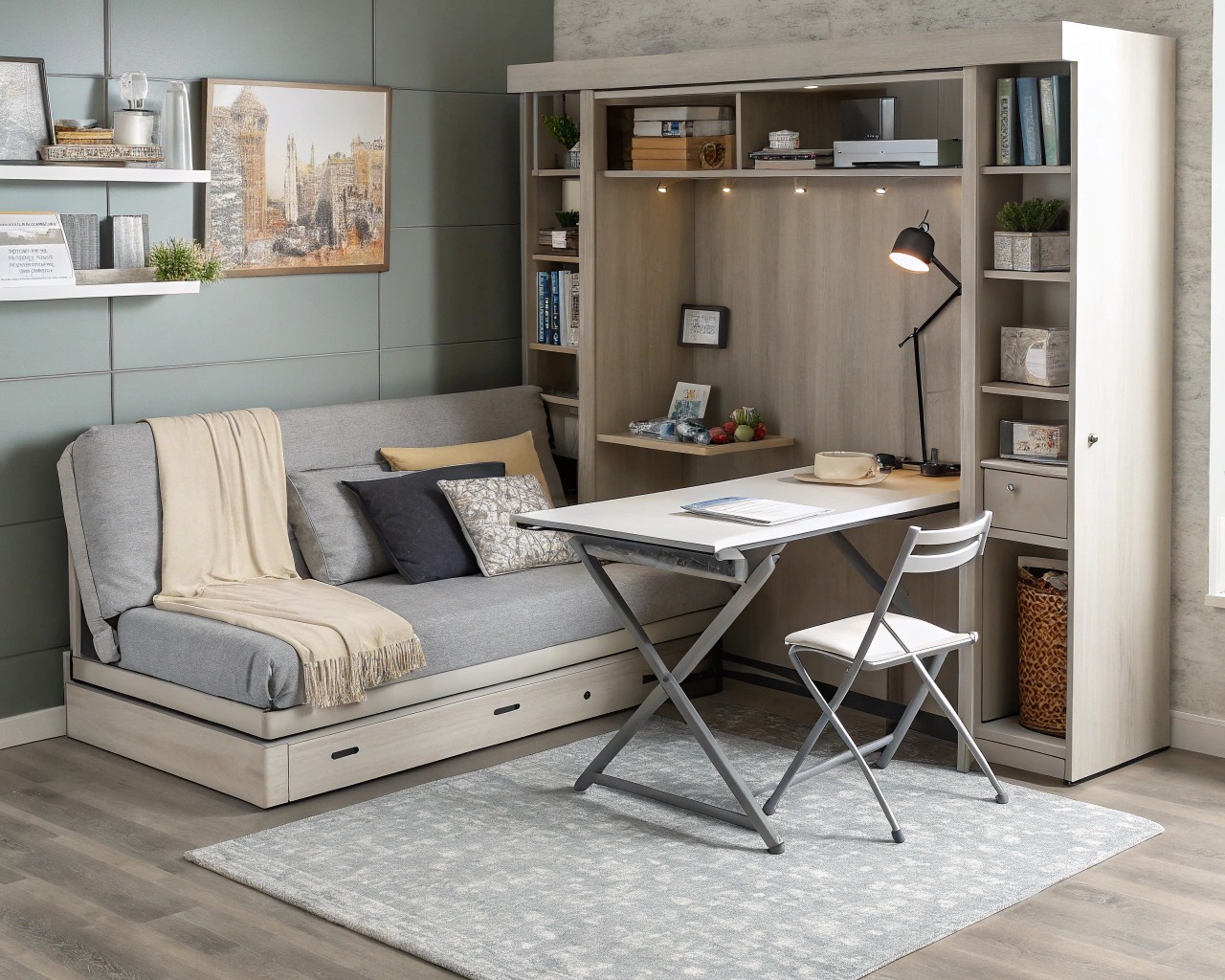
The most successful small spaces embrace furniture and design elements that serve multiple purposes. This approach requires thoughtful planning but yields remarkable results in both functionality and visual appeal.
Essential Multi-functional Furniture Pieces
Storage ottomans provide seating while concealing belongings. Wall-mounted Murphy beds transform bedrooms into living areas during the day, while convertible desks become dining tables when needed. These transformative pieces allow the same square footage to serve different functions throughout the day.
From my experience working with compact homes, modular furniture systems offer the greatest flexibility. Sectional sofas with removable sections can be reconfigured based on needs, while nesting tables provide surface space when required but tuck away cleanly when not in use.
Built-in Solutions for Seamless Integration
Custom built-ins eliminate awkward gaps while maximizing storage potential. Instead of furniture that floats uncomfortably in small rooms, consider:
- Banquette seating with storage underneath that spans the width of a dining area
- Box beds built into room length with integrated niches and cupboards
- Floor-to-ceiling shelving that draws the eye upward while providing abundant storage
These solutions require losing a few centimeters of floor space but gain functionality and visual coherence that makes the room feel larger overall.
Maximizing Vertical Space: Growing Up When You Can’t Grow Out
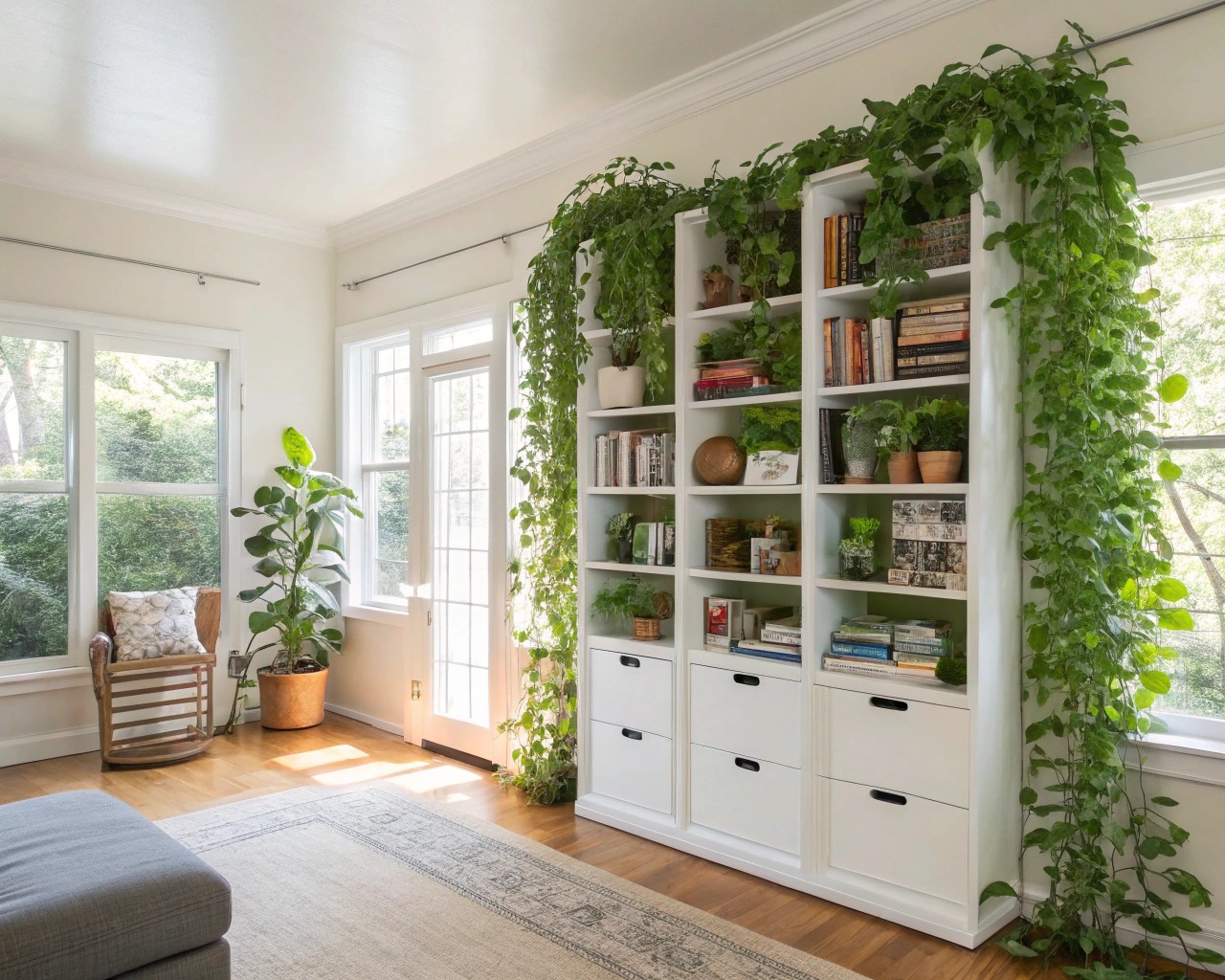
Vertical space represents one of the most underutilized opportunities in small space design. Empty walls offer tremendous potential for both storage and visual interest without consuming precious floor area.
Vertical Gardening Solutions
For those seeking to incorporate greenery into compact spaces, vertical gardening allows you to grow flowers, herbs, and vegetables without taking up floor space. Wall-mounted planters, hanging baskets, and trellis systems create lush displays that add life and color to any environment.
Climbing plants like beans, cucumbers, and flowering vines naturally grow upward using trellises or stakes. This approach works equally well indoors and outdoors, allowing you to enjoy fresh herbs or beautiful blooms regardless of your square footage limitations.
Indoor Vertical Design Elements
Wall-mounted storage extends from floor to ceiling to maximize capacity while maintaining clean lines. This might include:
- Kitchen cabinets that reach the ceiling rather than stopping at standard height
- Floating shelves arranged at varying heights for visual interest
- Vertical garden walls using felt pocket planters for easy maintenance
Small Space Garden Design: Creating Outdoor Sanctuaries
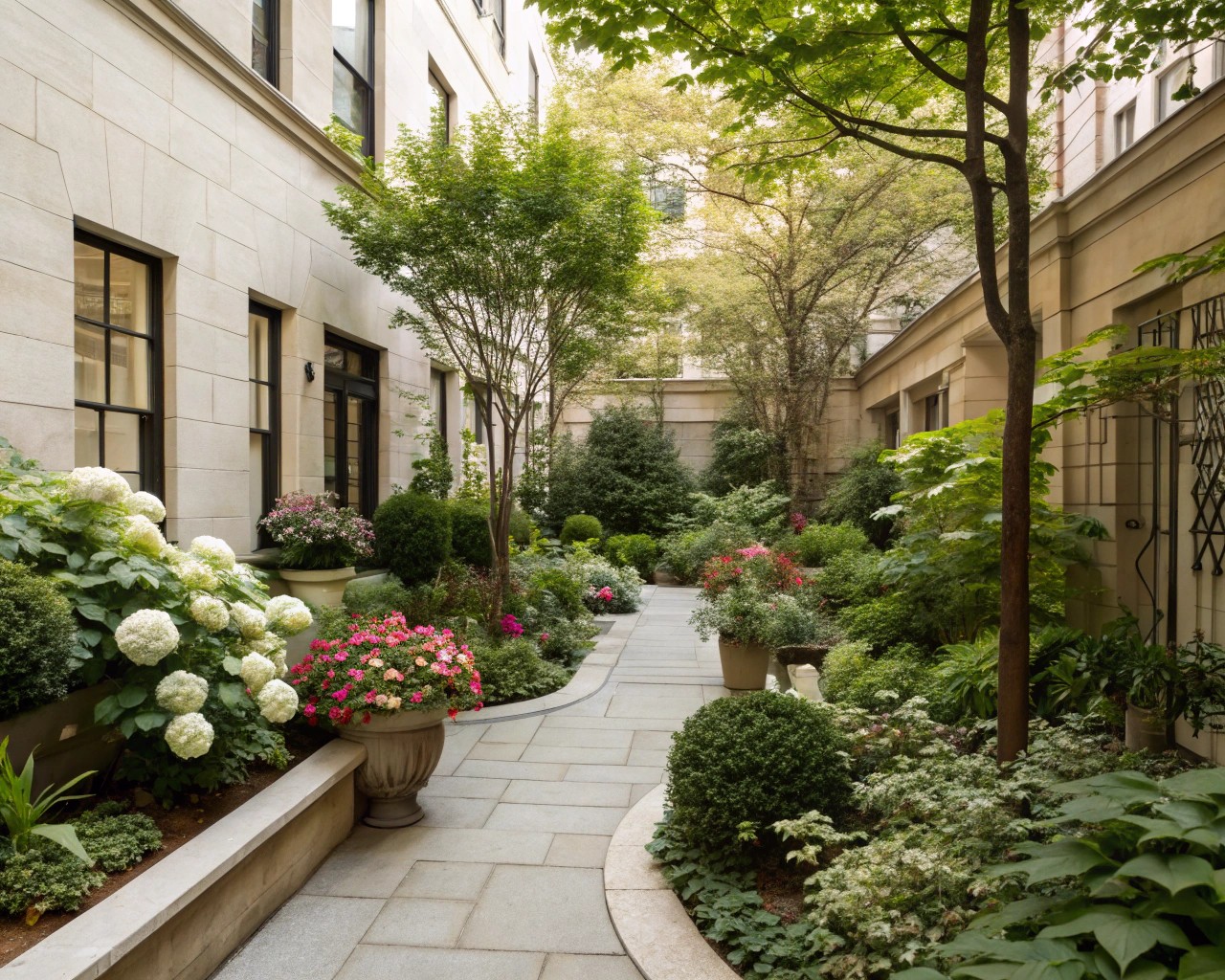
Even the smallest outdoor areas can become vibrant gardens with proper planning and design. The key lies in choosing plants and design elements appropriately scaled to your available space.
Design Principles for Compact Gardens
Layering plants from tall in back to short in front creates depth and visual interest. Rather than planting uniform-height evergreen hedges that can make yards feel closed off, vary your plant heights and textures to add dimension to the space.
Cooler colors from the blue and green side of the color wheel can make gardens appear larger. These hues create a sense of distance and spaciousness that warmer colors don’t provide in confined areas.
Maximizing Small Garden Potential
In gardens measuring just 6 meters by 4 meters, you can still create stunning displays by focusing on key principles:
- Evergreen structure provides year-round interest through texture and form rather than relying solely on colorful blooms
- Raised beds make efficient use of space while improving soil conditions and making maintenance easier
- Dwarf varieties of favorite plants allow you to enjoy desired colors and textures in appropriately sized packages
Container Gardening Strategies: Flexibility Meets Beauty
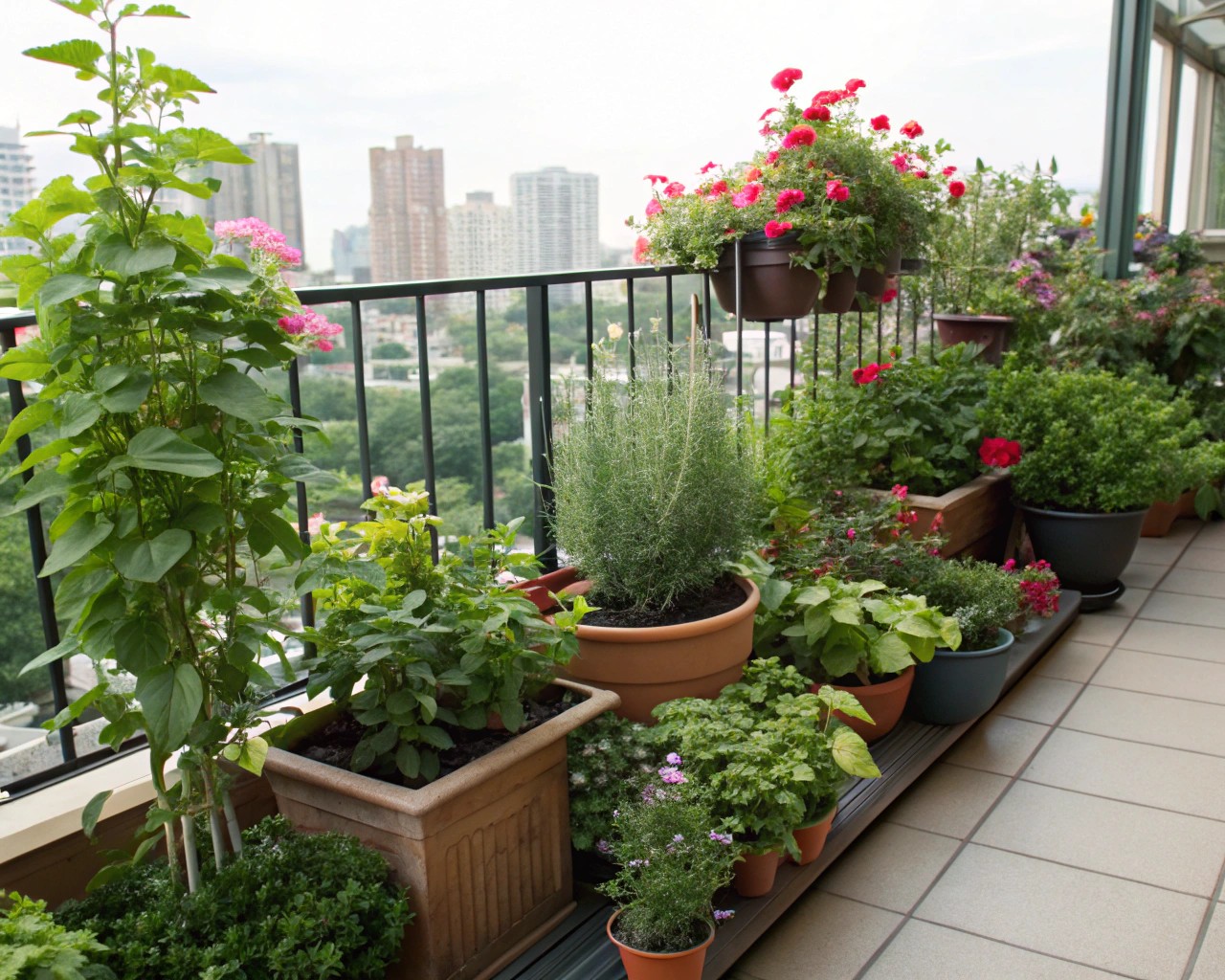
Container gardening offers unparalleled flexibility for small space dwellers, allowing you to create beautiful displays that can be moved, rearranged, and modified as needs change.
Essential Container Gardening Principles
Choose containers with adequate drainage to prevent root rot and maintain plant health. The container size should be proportionate to the plant’s mature size, with deeper containers for root vegetables and shallower ones for leafy greens.
High-quality potting mix designed for containers performs better than garden soil, as it retains moisture while allowing excess water to drain away. This specialized growing medium also weighs less than traditional soil, important for balcony or rooftop gardens.
Strategic Plant Selection for Containers
Herbs provide immediate gratification and practical value in container gardens. Basil, thyme, rosemary, and parsley thrive in pots and offer fresh ingredients for cooking. For those wanting edible options, cherry tomatoes, lettuce, and peppers adapt well to container growing.
Combining tall plants with trailing varieties creates visual interest in container arrangements. This layered approach mimics natural garden compositions while maximizing the impact of each container.
Low-Maintenance Container Solutions
For busy lifestyles, self-watering containers reduce maintenance requirements by providing a water reservoir that plants can access as needed. Larger containers retain moisture longer than smaller ones, reducing watering frequency.
Slow-release fertilizers minimize feeding schedules while ensuring consistent nutrition throughout the growing season. These strategies make container gardening accessible even for those with demanding schedules.
Square Foot Gardening: Maximum Production in Minimum Space
The square foot gardening method revolutionizes small space food production by focusing on area rather than rows, eliminating waste and maximizing yield. This approach works particularly well for raised beds and container gardens.
Planning Your Square Foot Garden
Divide your growing area into one-foot squares and plant according to each crop’s spacing requirements rather than traditional row spacing. A 4×4 foot garden bed can produce remarkable harvests when properly planned and planted.
Companion planting enhances square foot gardening success by pairing plants that benefit each other. Effective combinations include:
- Tomatoes, onions, and basil: Onions repel pests while basil enhances tomato flavor
- Lettuce, carrots, and chives: Lettuce repels carrot rust flies while chives deter aphids
- Squash, beans, and corn: The traditional “Three Sisters” combination where each plant supports the others
Case Study: Transforming an 8.5 Square Meter Urban Garden
A recent project involved designing a productive garden for a space measuring just 8.5 square meters, sandwiched between a house and pavement in northern England. The solution involved one long wraparound raised bed that maximized every available inch while providing diverse growing opportunities.
The design incorporated:
- Dwarf fruit trees and berry bushes along the north and west walls for long-term production
- Annual vegetables in the south-facing area to capture maximum sunlight
- A vertical garden system against the house wall for herbs and trailing plants
- Integrated seating with storage beneath for tools and supplies
This example demonstrates how thoughtful design can transform even the smallest urban spaces into productive, beautiful environments that serve multiple functions.
Implementation Timeline: Bringing Your Vision to Life
Phase 1: Assessment and Planning (Week 1-2)
Measure your space carefully and note existing features like windows, doors, and architectural elements. Document light patterns throughout the day to understand which areas receive full sun, partial shade, or deep shade.
Define your style preferences and functional requirements before making purchases. Consider whether you prefer modern minimalism, cottage garden charm, or something in between.
Phase 2: Infrastructure Development (Week 3-4)
Install any built-in elements first, such as raised beds, trellises, or wall-mounted storage systems. These foundational elements will guide the placement of moveable furniture and containers.
Establish your lighting strategy by adding any necessary electrical work before final decorating. This includes both functional lighting and accent lighting to enhance the space’s ambiance.
Phase 3: Planting and Furnishing (Week 5-6)
Select and place larger furniture pieces before adding smaller decorative elements. This ensures proper traffic flow and prevents the need to rearrange later.
Plant your garden areas starting with permanent plantings like trees and shrubs, then adding seasonal flowers and vegetables. This staged approach allows you to see how each element works before committing to the complete design.
Phase 4: Fine-tuning and Personalization (Ongoing)
Add decorative accessories gradually rather than all at once. This approach allows you to live with the space and understand what additional elements will truly enhance your daily experience.
Monitor plant performance and adjust watering, fertilizing, and pruning schedules based on observation. Small spaces require more intensive management but also offer the advantage of being able to observe every detail closely.
Seasonal Adaptations: Keeping Small Spaces Dynamic
Successful small spaces evolve with the seasons rather than remaining static throughout the year. This dynamic approach prevents boredom while maximizing the utility of limited square footage.
Spring and Summer Strategies
Maximize outdoor living during favorable weather by creating seamless transitions between indoor and outdoor spaces. Container plants can move outdoors to free up interior space while adding life to patios and balconies.
Focus on quick-growing crops like lettuce, radishes, and herbs that provide rapid gratification in small garden spaces. These fast-producing plants allow you to enjoy multiple harvests throughout the growing season.
Fall and Winter Adaptations
Bring container gardens indoors to extend the growing season and maintain greenery during darker months. Wall-mounted herb gardens work particularly well in kitchens, providing fresh ingredients year-round while serving as living decoration.
Adjust lighting to compensate for reduced daylight hours by adding warm-toned bulbs and strategic accent lighting. This maintains the space’s welcoming atmosphere despite seasonal limitations.
Maintenance Strategies for Long-term Success
Small spaces require different maintenance approaches than larger areas, but they also offer advantages in terms of accessibility and observation.
Daily and Weekly Routines
Container gardens need more frequent watering than in-ground plantings due to faster moisture evaporation. Check soil moisture daily during hot weather and adjust watering schedules accordingly.
Keep surfaces clear of clutter to maintain the sense of spaciousness that careful design has created. In small spaces, even minor disorder can have a disproportionate visual impact.
Monthly and Seasonal Tasks
Rotate and rearrange furniture seasonally to prevent wear patterns and maintain visual interest. The flexibility of well-chosen pieces allows you to refresh your space without major investment.
Prune and shape plants regularly to prevent overgrowth that could overwhelm the space. In compact gardens, every plant must remain within its designated boundaries to maintain the overall composition.
Creating Emotional Connection in Compact Spaces
The most successful small spaces transcend their physical limitations by fostering emotional connections with their inhabitants. Personal touches and meaningful elements transform functional spaces into beloved homes.
Natural elements like water features, even small ones, add tranquility and life to compact areas. A simple tabletop fountain or small bird bath creates a focal point while providing the soothing sound of moving water.
Incorporate plants that engage multiple senses rather than focusing solely on visual appeal. Fragrant herbs, textured foliage, and plants that attract beneficial wildlife create a richer, more engaging environment.
